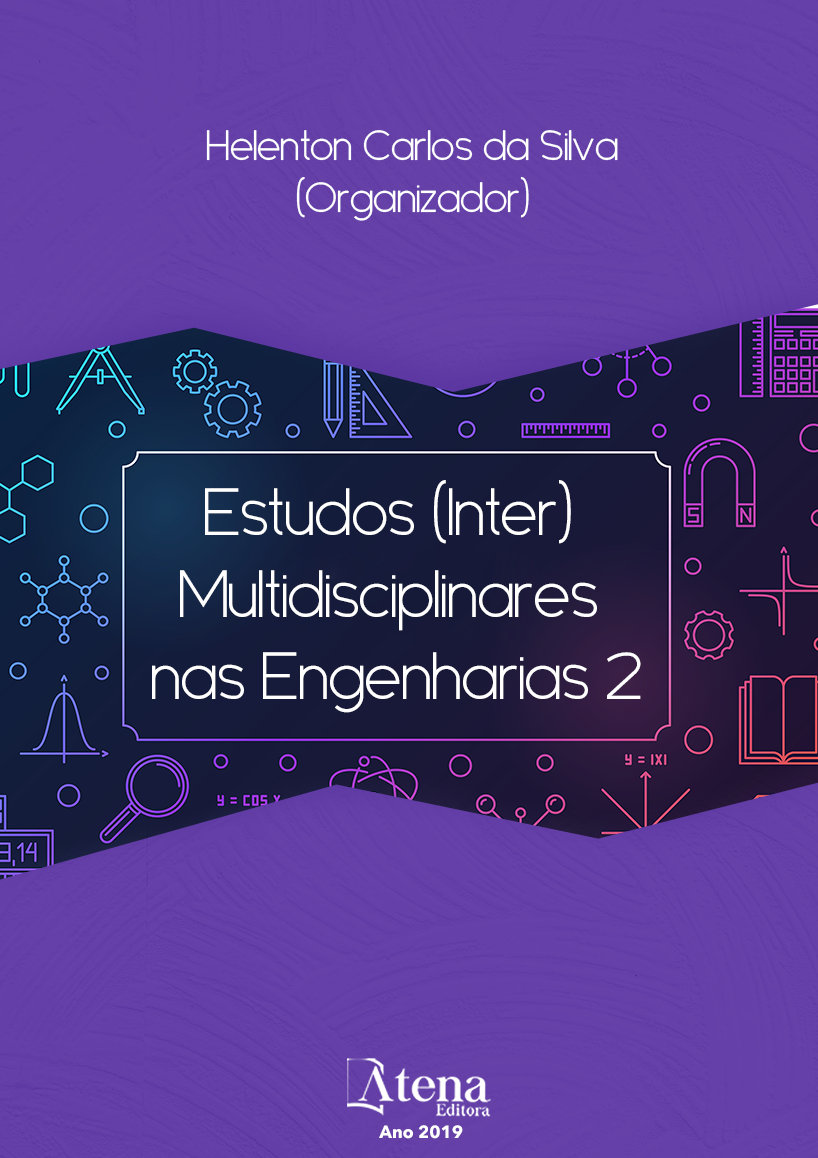
Análise do Desempenho de Concreto Desenvolvido a partir de Resíduos de Construção e Demolição (RCD) na Cidade de São Carlos/SP
A reciclagem dos Resíduos da
Construção e Demolição (RCD) é uma forma
de aproximar o setor da construção civil da
sustentabilidade, uma vez que permite a
redução de consumo de novas matérias primas
ao mesmo tempo que evita o encaminhamento
de resíduos sólidos a aterros. O objetivo
dessa pesquisa científica consistiu em
analisar a viabilidade de confecção de pisos
intertravados de concreto, com espessura de
6 cm, a partir de substituições percentuais de
areia natural por areia reciclada. Para isso,
foram realizadas visitas periódicas à Usina
de Reciclagem de Resíduos da Construção
Civil, onde foram coletadas várias amostras
do RCD do município de São Carlos, os quais
passaram por ensaios de caracterização física
(distribuição granulométrica, massa unitária,
massa específica e índice de inchamento), de
acordo com a normatização brasileira. Visitouse
também a Fábrica de Artefatos Reciclados
de Cimento de São Carlos e a empresa privada
Briquet, onde, a partir de traços de concreto
previamente estudados, foram moldados
os pisos intertravados analisados, com
substituição de areia natural por areia reciclada
nas porcentagens de 0 a 100%. Os pisos
intertravados foram ensaiados com idades de
cura de 7 e 28 dias, com relação a resistência
à compressão simples e à absorção de água.
Os resultados apontaram para a viabilidade
de utilização do RCD como substituto da areia
natural, e com isso, espera-se que este trabalho
contribua para a produção de artefatos de
cimento mais sustentáveis, que possam reduzir
o consumo de agregados naturais na indústria
da Construção Civil.
Análise do Desempenho de Concreto Desenvolvido a partir de Resíduos de Construção e Demolição (RCD) na Cidade de São Carlos/SP
-
DOI: 10.22533/at.ed.0171909101
-
Palavras-chave: Concreto Reciclado, Agregado Artificial, Pisos Intertravados, Sustantabilidade.
-
Keywords: Recycling of Construction and Demolition Waste (CDW) is a way of bringing Estudos (Inter) Multidisciplinares nas Engenharias 2 Capítulo 1 2 the construction industry closer to sustainability, since it allows the consumption reduction of new raw materials while avoiding the destination of solid waste to landfills. The objective of this scientific research was to analyze the feasibility of producing interlocking concrete floors, with a thickness of 6 cm, from percentage substitutions of natural sand for recycled sand. In order to do this, periodic visits were made to the Recycling Plant for Civil Construction Waste, where several samples of the CDW of the city of São Carlos were collected, which passed through physical characterization tests (particle size distribution, unit mass, specific mass and index of swelling), according to the Brazilian standardization. It was also visited the Recycled Cement Factory of São Carlos and the private company Briquet, where, from previously studied concrete traces, the interlocked floors analyzed were molded, with replacement of natural sand by recycled sand at the percentages of 0 to 100%. The interlocked floors were tested with curing ages of 7 and 28 days, relative to their axial compression strength and water absorption. The results pointed to the feasibility of using CDW as a substitute for natural sand, and with this, it is expected that this work contributes to the production of more sustainable cement artifacts, which may reduce the consumption of natural aggregates in the Civil Construction industry.
-
Abstract:
Recycling of Construction and
Demolition Waste (CDW) is a way of bringing
the construction industry closer to sustainability, since it allows the consumption
reduction of new raw materials while avoiding the destination of solid waste to landfills.
The objective of this scientific research was to analyze the feasibility of producing
interlocking concrete floors, with a thickness of 6 cm, from percentage substitutions
of natural sand for recycled sand. In order to do this, periodic visits were made to the
Recycling Plant for Civil Construction Waste, where several samples of the CDW of the
city of São Carlos were collected, which passed through physical characterization tests
(particle size distribution, unit mass, specific mass and index of swelling), according
to the Brazilian standardization. It was also visited the Recycled Cement Factory of
São Carlos and the private company Briquet, where, from previously studied concrete
traces, the interlocked floors analyzed were molded, with replacement of natural sand
by recycled sand at the percentages of 0 to 100%. The interlocked floors were tested
with curing ages of 7 and 28 days, relative to their axial compression strength and
water absorption. The results pointed to the feasibility of using CDW as a substitute for
natural sand, and with this, it is expected that this work contributes to the production
of more sustainable cement artifacts, which may reduce the consumption of natural
aggregates in the Civil Construction industry.
-
Número de páginas: 15
- Eduvaldo Paulo Sichieri
- Victor José dos Santos Baldan
- Tatiane Caroline Rocha Lemos


